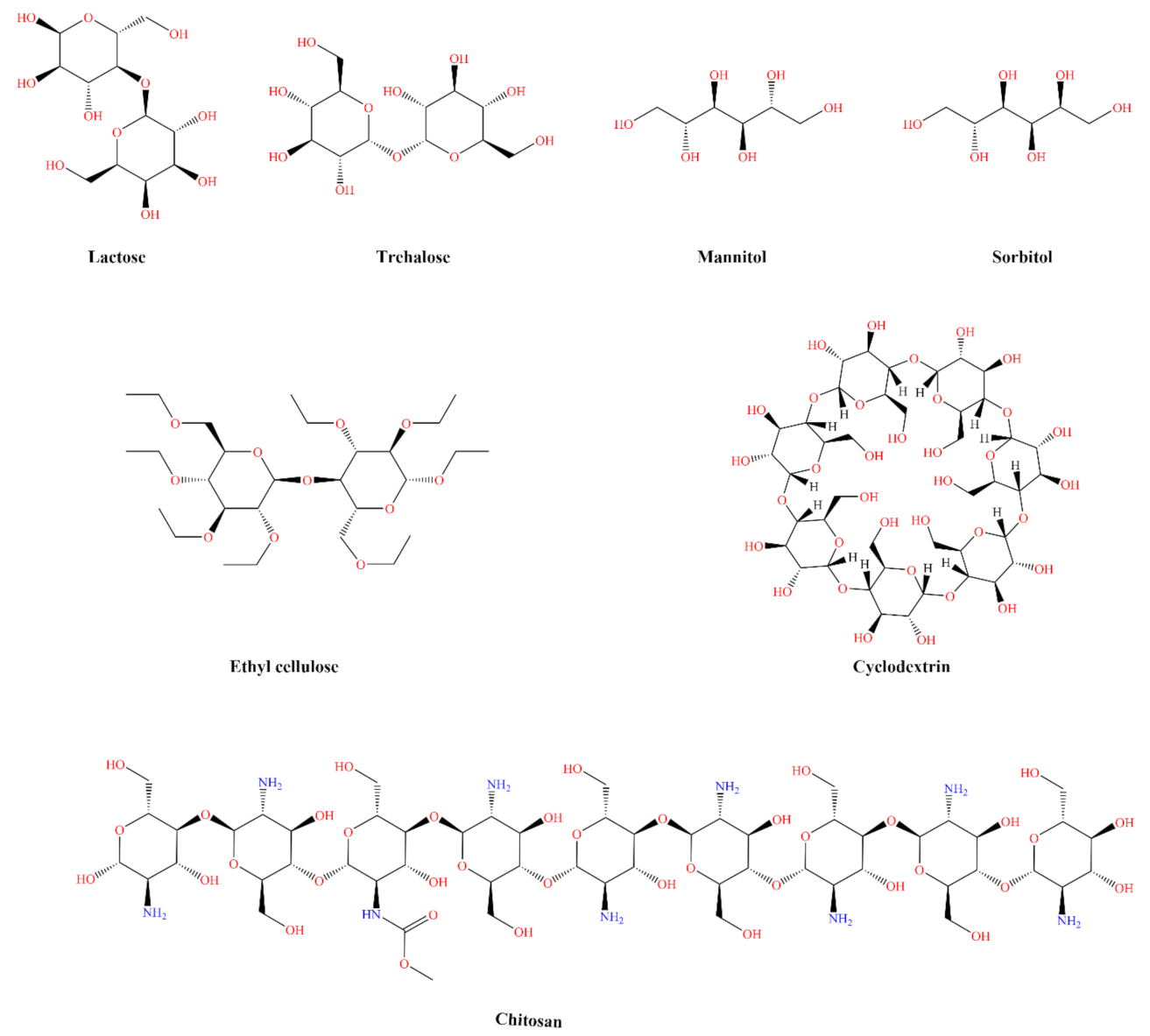Nose-to-Brain Delivery of Therapeutic Peptides as Nasal Aerosols

Central nervous system (CNS) disorders, such as psychiatric disorders, neurodegeneration, chronic pain, stroke, brain tumor, spinal cord injury, and many other CNS diseases, would hugely benefit from specific and potent peptide pharmaceuticals and their low inherent toxicity. The delivery of peptides to the brain is challenging due to their low metabolic stability, which decreases their duration of action, poor penetration of the blood-brain barrier (BBB), and their incompatibility with oral administration, typically resulting in the need for parenteral administration.
These challenges limit peptides’ clinical application and explain the interest in alternative routes of peptide administration, particularly nose-to-brain (N-to-B) delivery, which allows protein and peptide drugs to reach the brain noninvasively. N-to-B delivery can be a convenient method for rapidly targeting the CNS, bypassing the BBB, and minimizing systemic exposure; the olfactory and trigeminal nerves provide a unique pathway to the brain and the external environment. This review highlights the intranasal delivery of drugs, focusing on peptide delivery, illustrating various clinical applications, nasal delivery devices, and the scope and limitations of this approach.
Excipients mentioned in this research paper besides other: Trehalose, Cyclodextrin, Chitosan, Lactose, DPI
Download the full review as PDF here Nose-to-Brain Delivery of Therapeutic Peptides as Nasal Aerosols
or read it here
Alabsi, W.; Eedara, B.B.; Encinas-Basurto, D.; Polt, R.; Mansour, H.M. Nose-to-Brain Delivery of Therapeutic Peptides as Nasal Aerosols. Pharmaceutics 2022, 14, 1870.
https://doi.org/10.3390/pharmaceutics14091870

